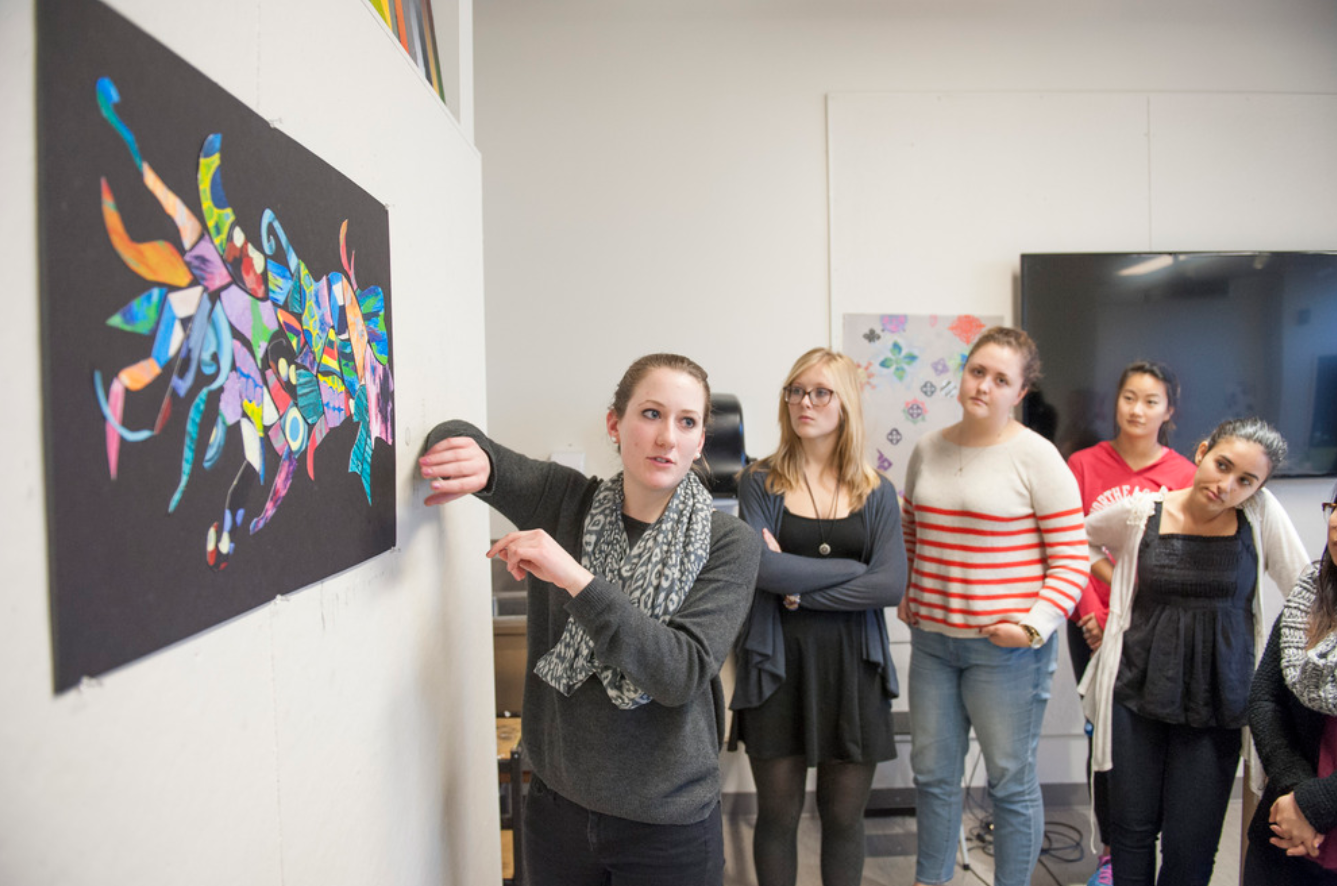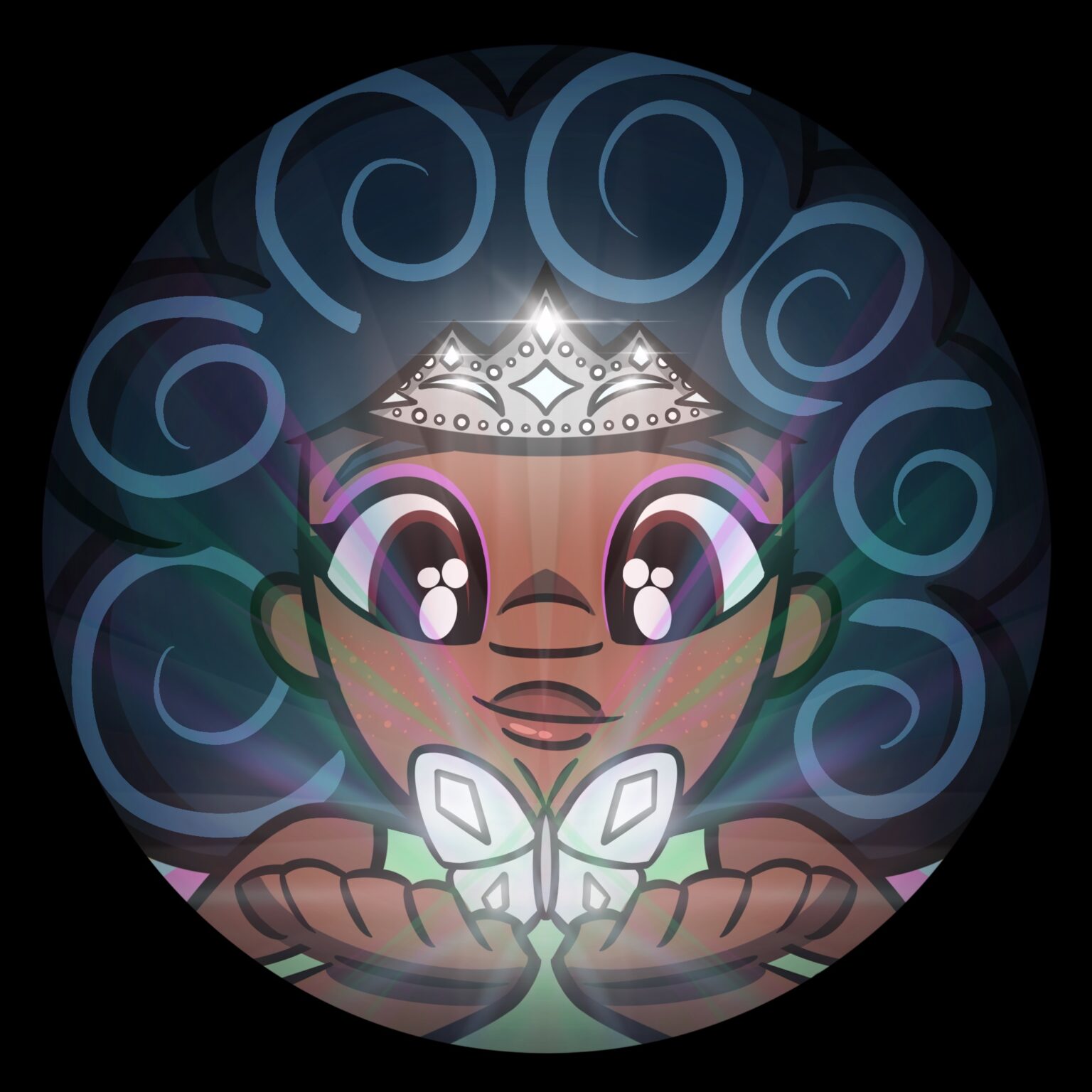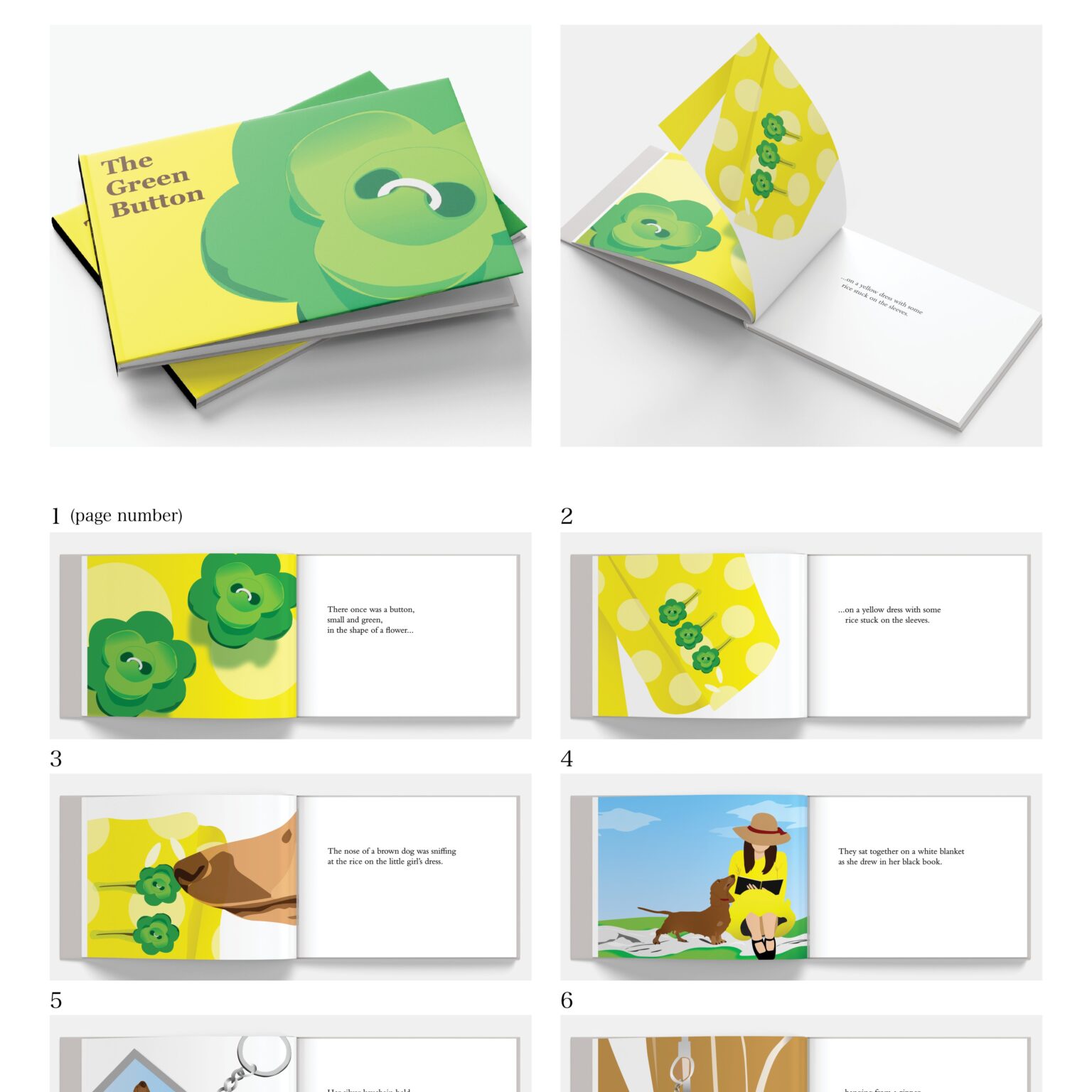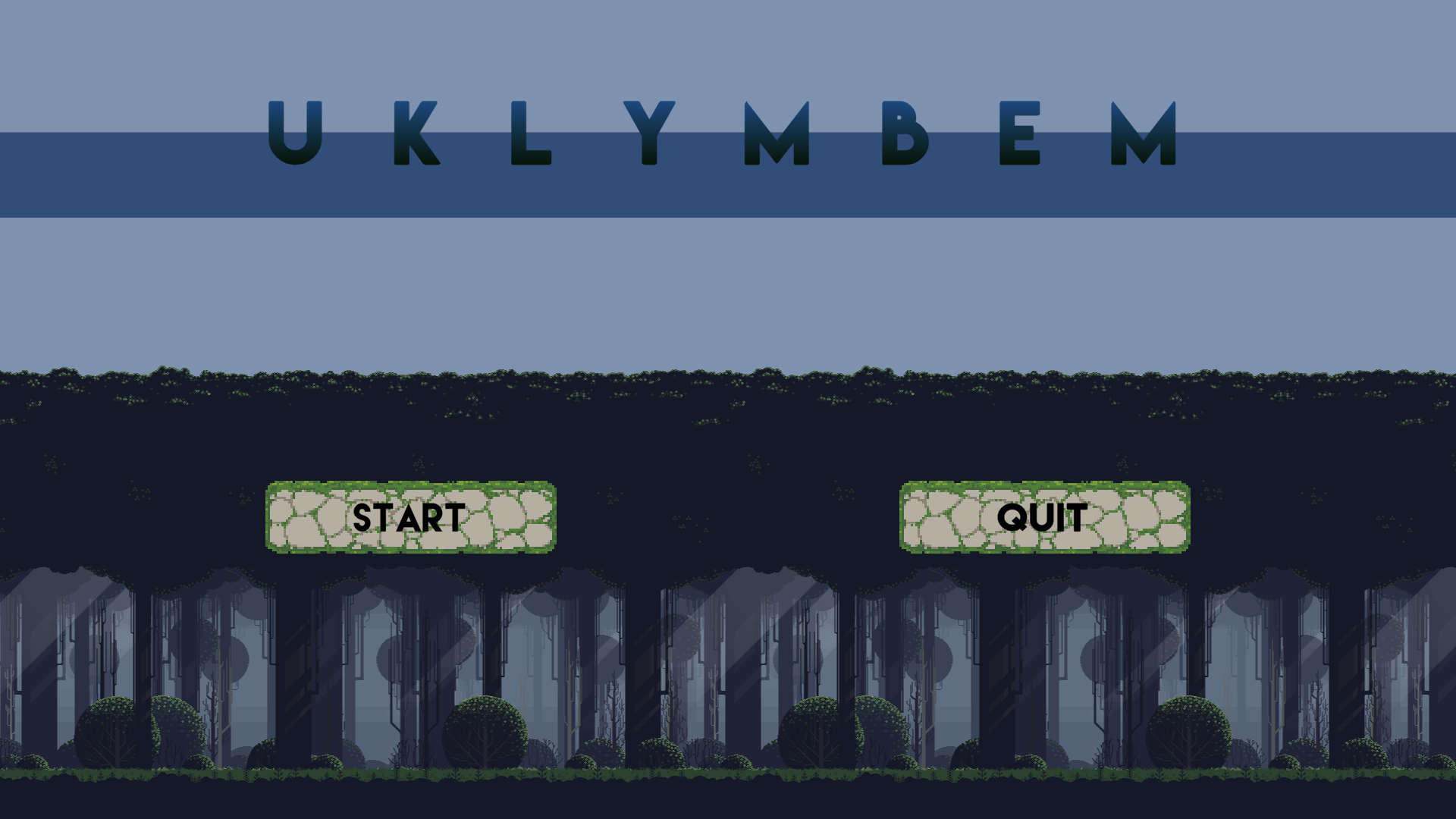Career Opportunities
- Biostatistician
- Data Analyst
- Data Visualization Designer
- Designer
- Graphic Designer
- Experience Designer
- Financial Analyst
- Interaction Designer
- Market Researcher
- Product Designer
- Statistician
- UI/UX Designer
Multidisciplinary Skills
collaboration
creative problem-solving
critical thinking
data analysis
design research
design software
graphic representation
fabrication
facilitation
illustration
information design
interviews
leadership
listening
observation
personas
programming
project management
problem framing
rapid prototyping
semiotics
sketching
technical skills
typography
experience mapping
user stories
user testing
verbal and written communication
visual synthesis
data visualization
Share
Mathematics, long the language of science and technology, provides a rich source of methods for analyzing and solving problems encountered in the physical world. Today, mathematics is essential in virtually all fields of human endeavor, including business, the arts, and the social sciences. Students pursue mathematical reasoning, differential equations, and linear algebra, as well as statistics and probability. Design seeks a broad understanding of principles and systems of perception, communication, and action. Integrating text and image to visualize concepts and data, students learn to enhance human understanding of complex and vital knowledge. Their work has an enlightening or instructive intent.
Learning Outcomes
Mathematics learning outcomes
- Students will be able to solve problems using a broad range of significant mathematical techniques, including calculus, linear algebra, geometry, group theory, algebra and probability.
- Students will recognize what constitutes mathematical thinking, including the ability to produce and judge the validity of rigorous mathematical arguments.
- Students will be able to communicate mathematical ideas and arguments.
- Students will be prepared to use mathematics in their future endeavors, not only in the discipline of mathematics, but also in other disciplines.
Design learning outcomes
- Apply iterative design processes to create, revise, evaluate, and develop effective prototypes and innovative solutions.
- Engage human-centered design research methods and systems thinking to identify and understand values, goals, motivations of intended audiences as a mode of inquiry, question framing and guide to action.
- Develop a high level of craft and technical skills in a relevant range of media and tools and effectively weigh applicability for intended audiences and outcomes.
- Develop and realize intent, concept and content with awareness of context and consequence.
- Implement visual patterns incorporating text, image, diagram including temporal and spatial representations to recognize, categorize, and articulate significant form and meaning
- Employ and embody ethical practices, team and cross-disciplinary collaboration, and effective communication and presentation skills.
- Apply relevant communication theories and principles and appreciate the pervasive and long-term impact of design decisions on people and societies.
Co-op Opportunities
- design and media sectors
- news and publishing sectors
- arts sectors
- food and beverage sectors
- fashion and travel sectors
- government and civic sectors
- health care and pharmaceutical sectors
- educational sector
- financial and business sector






